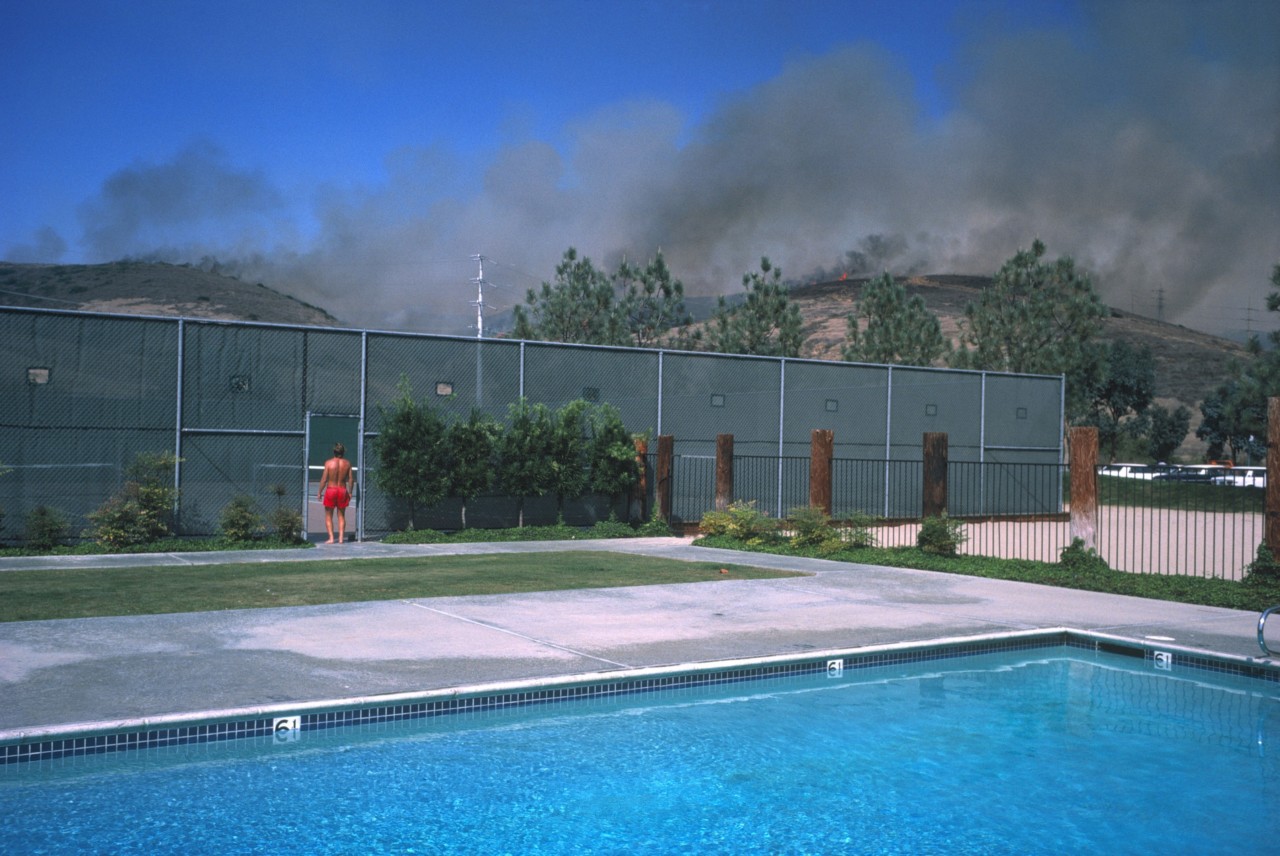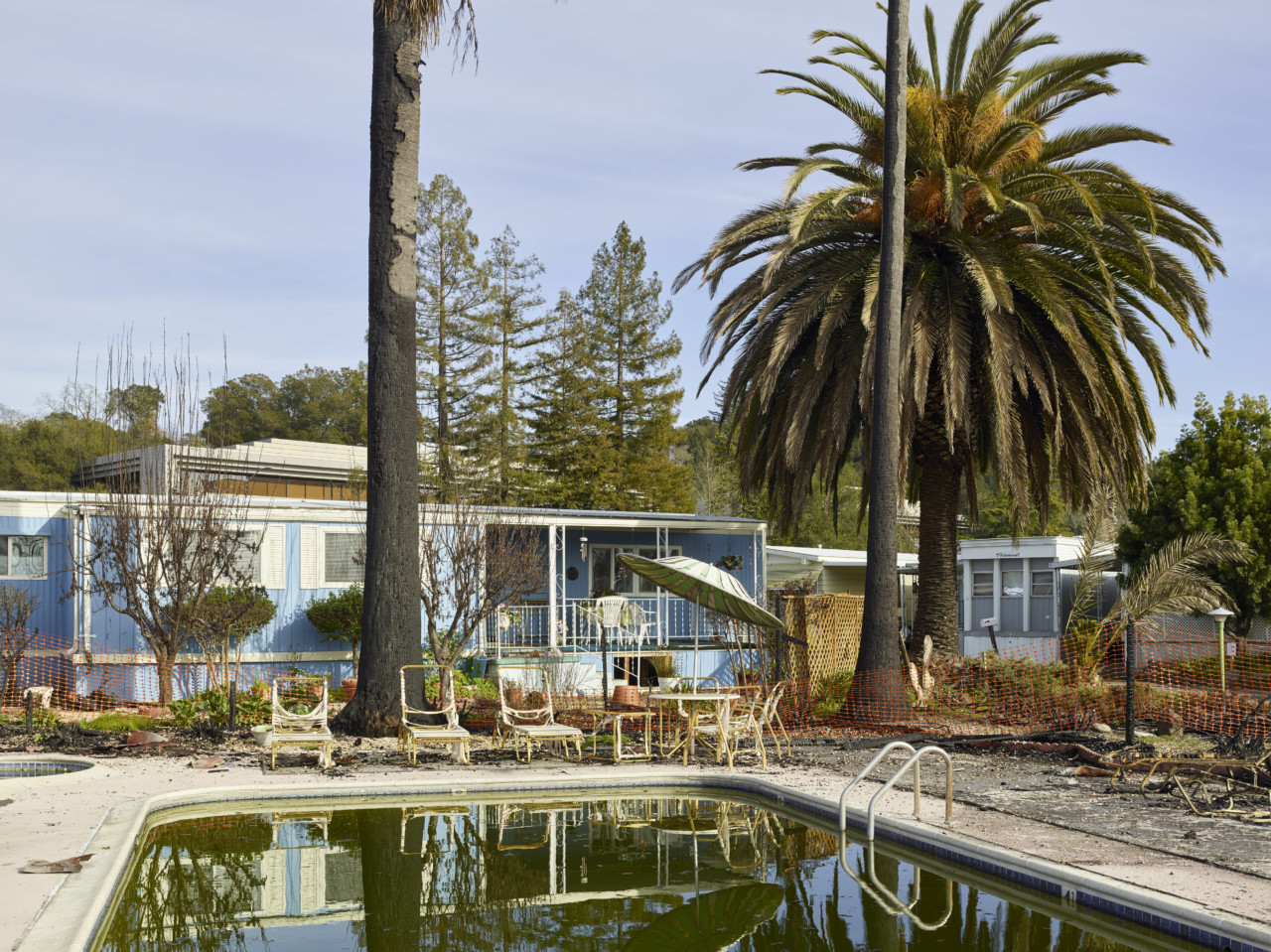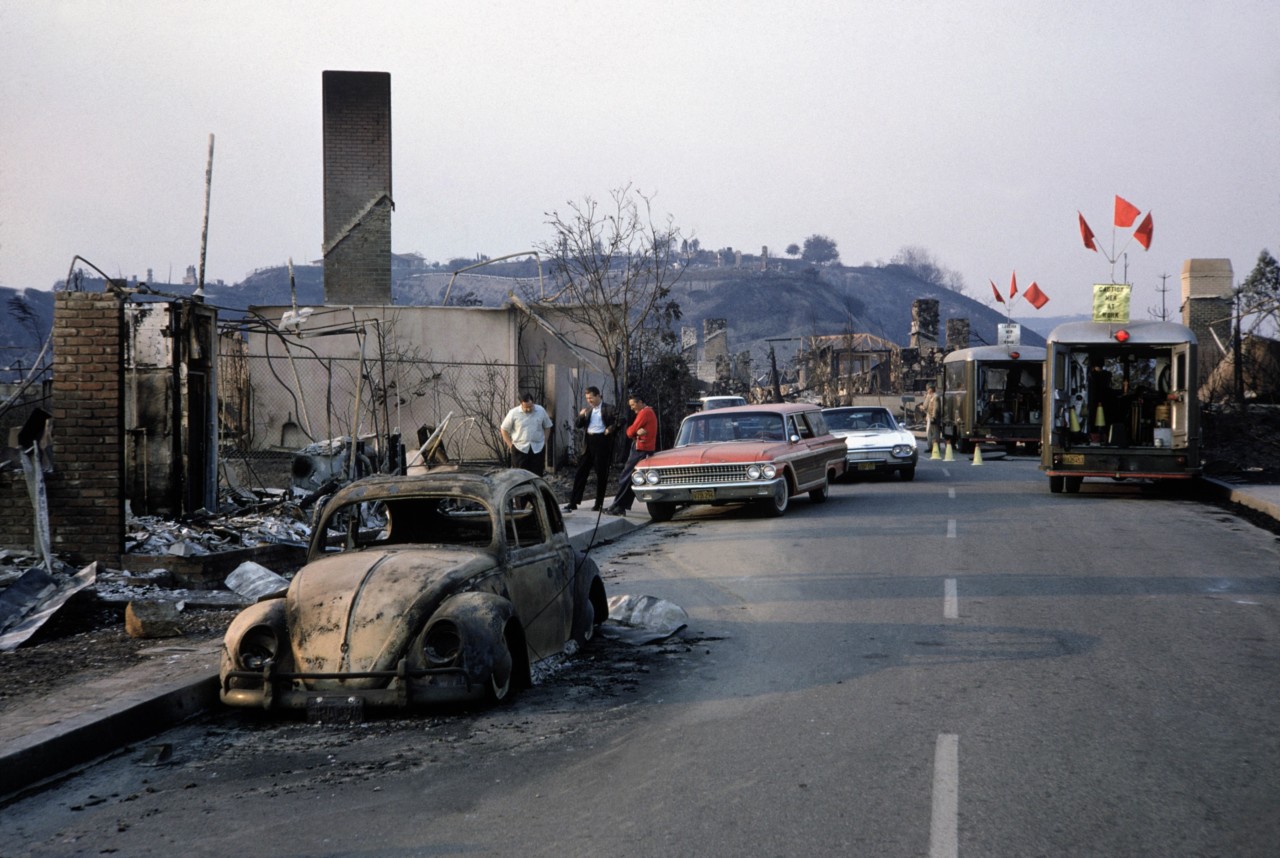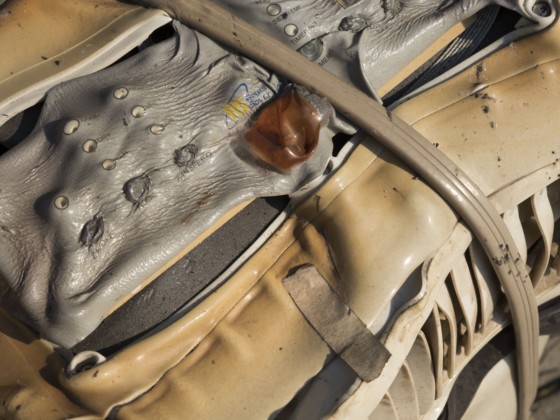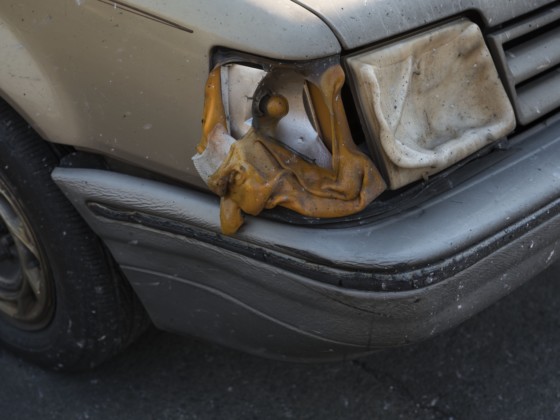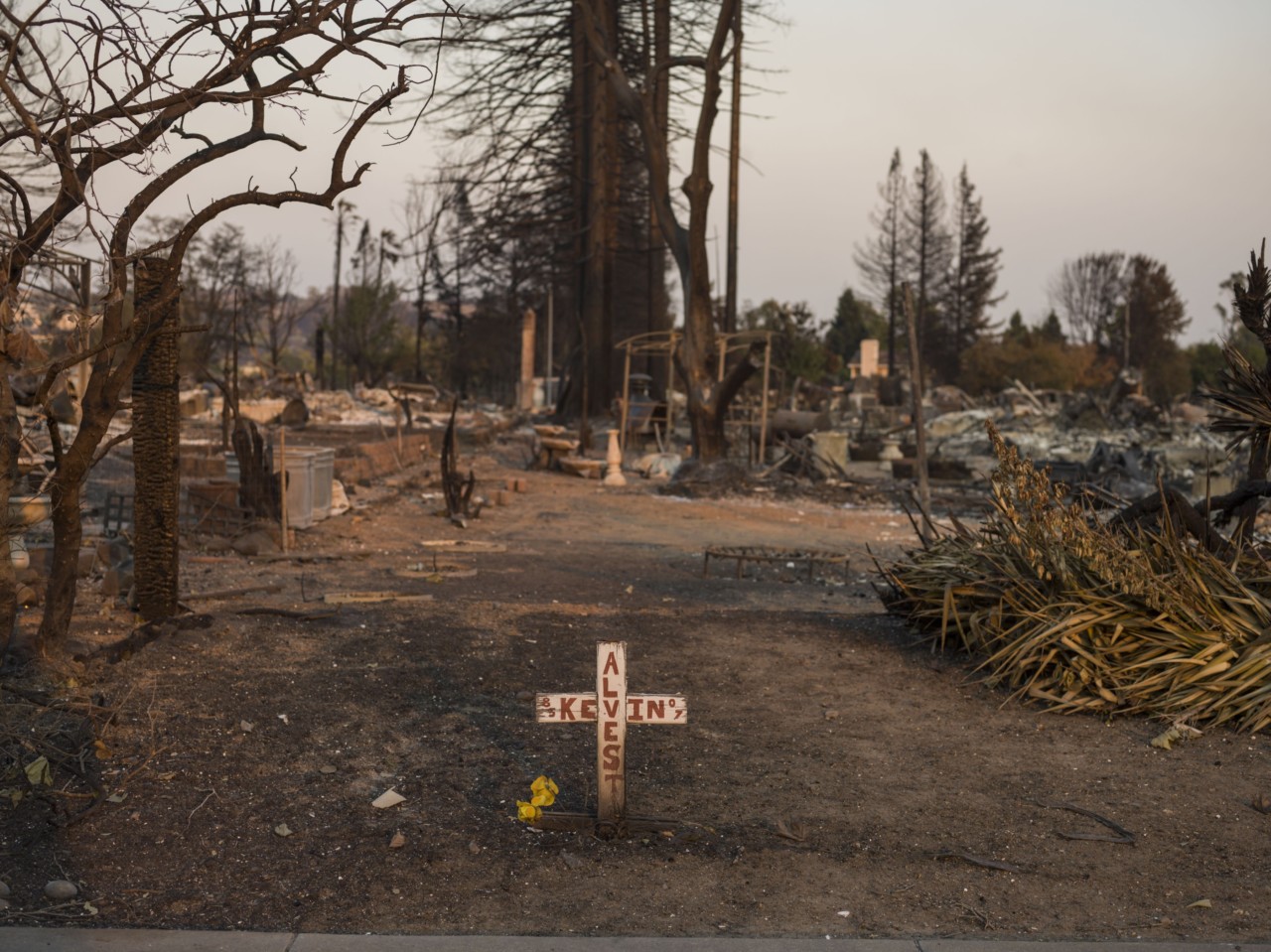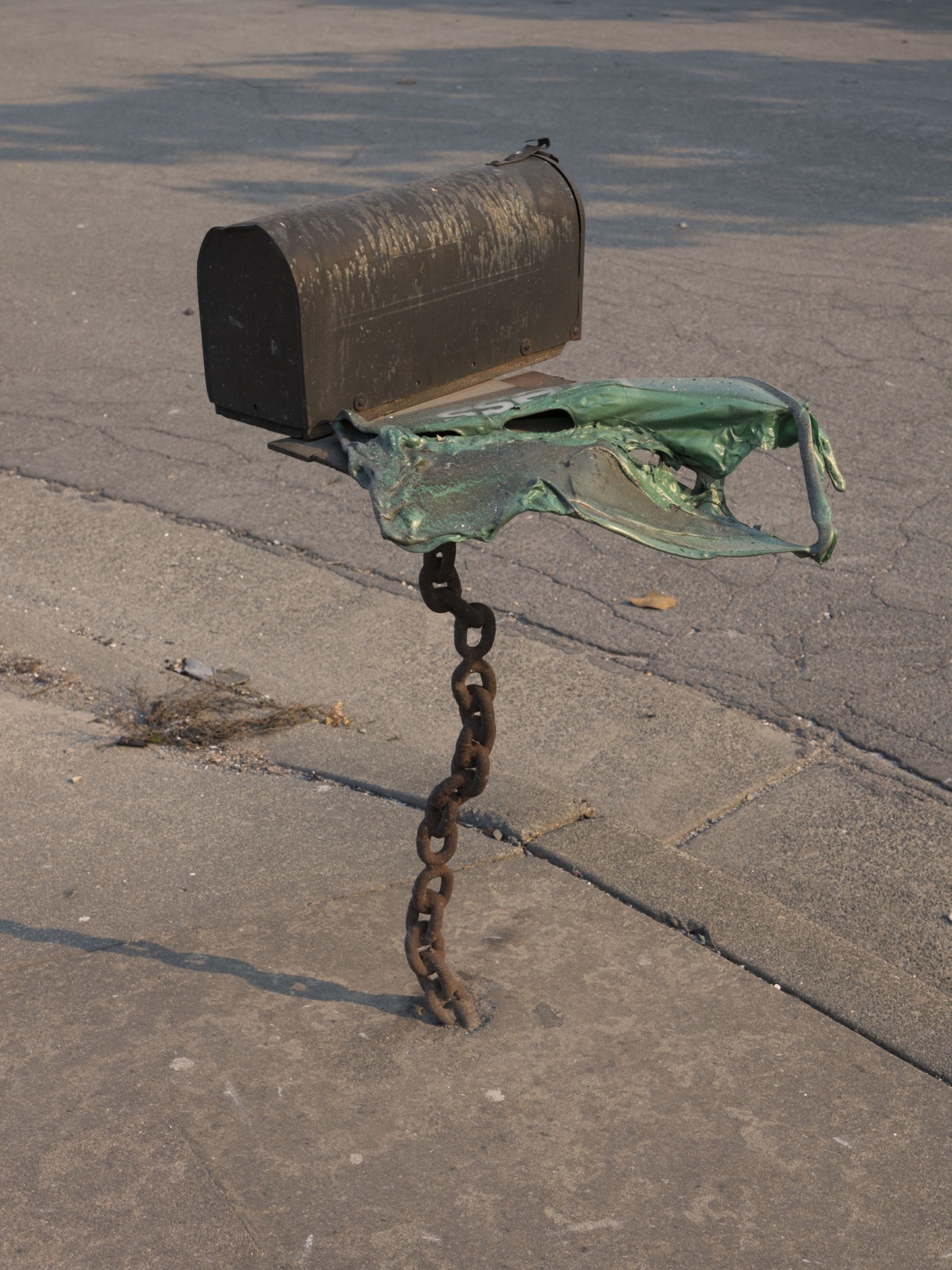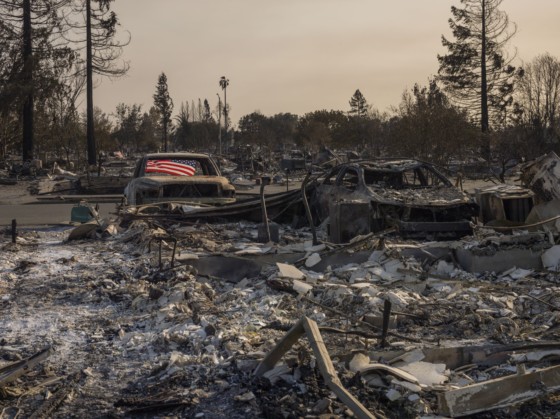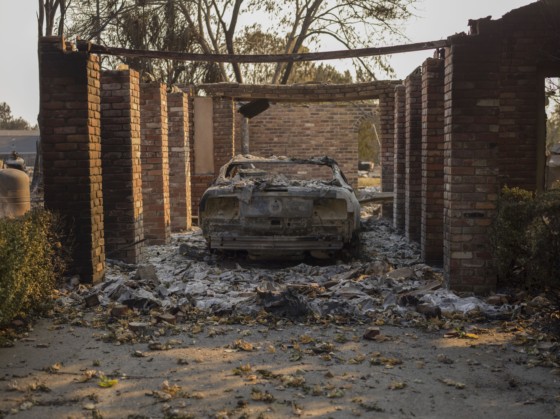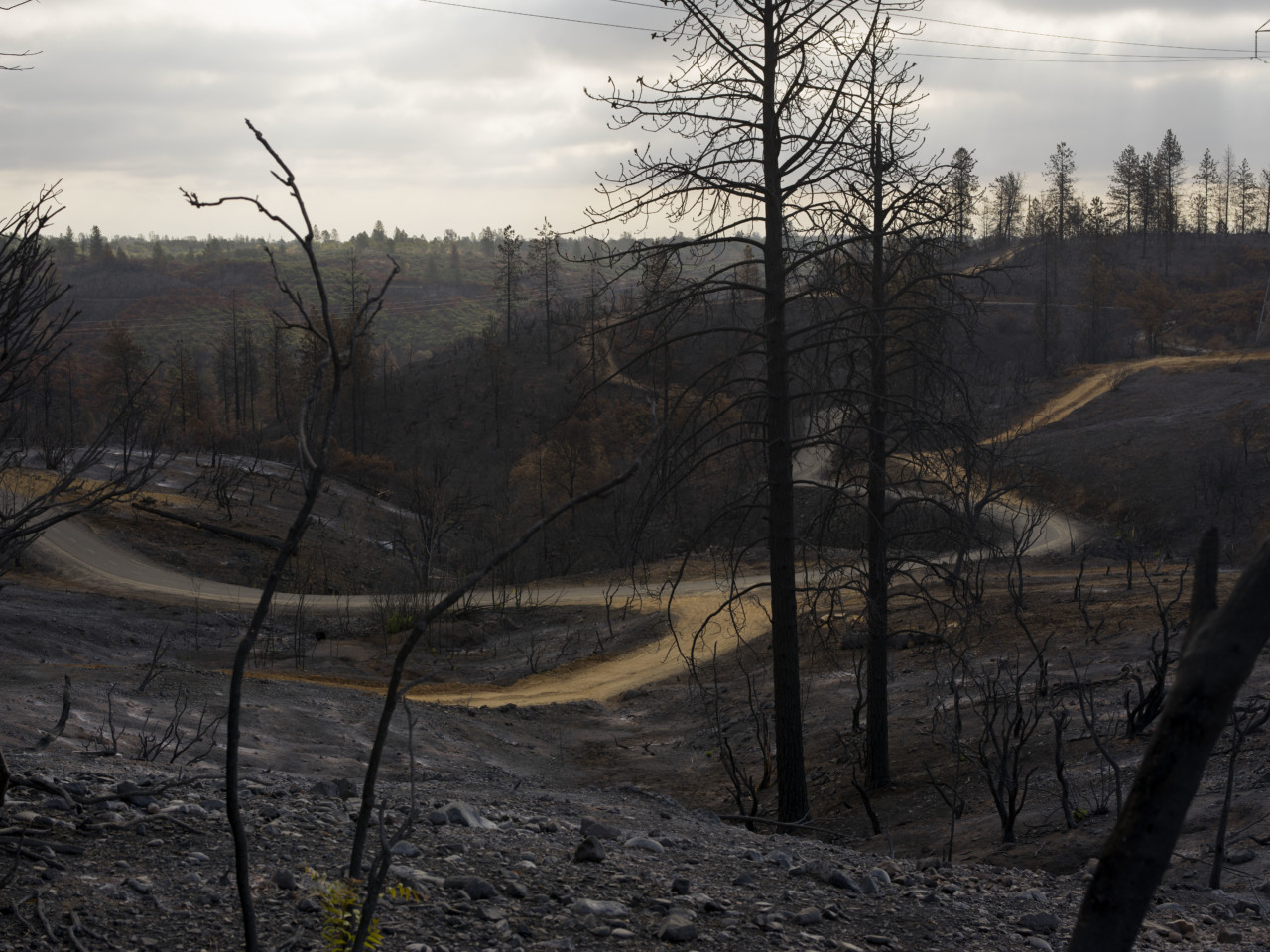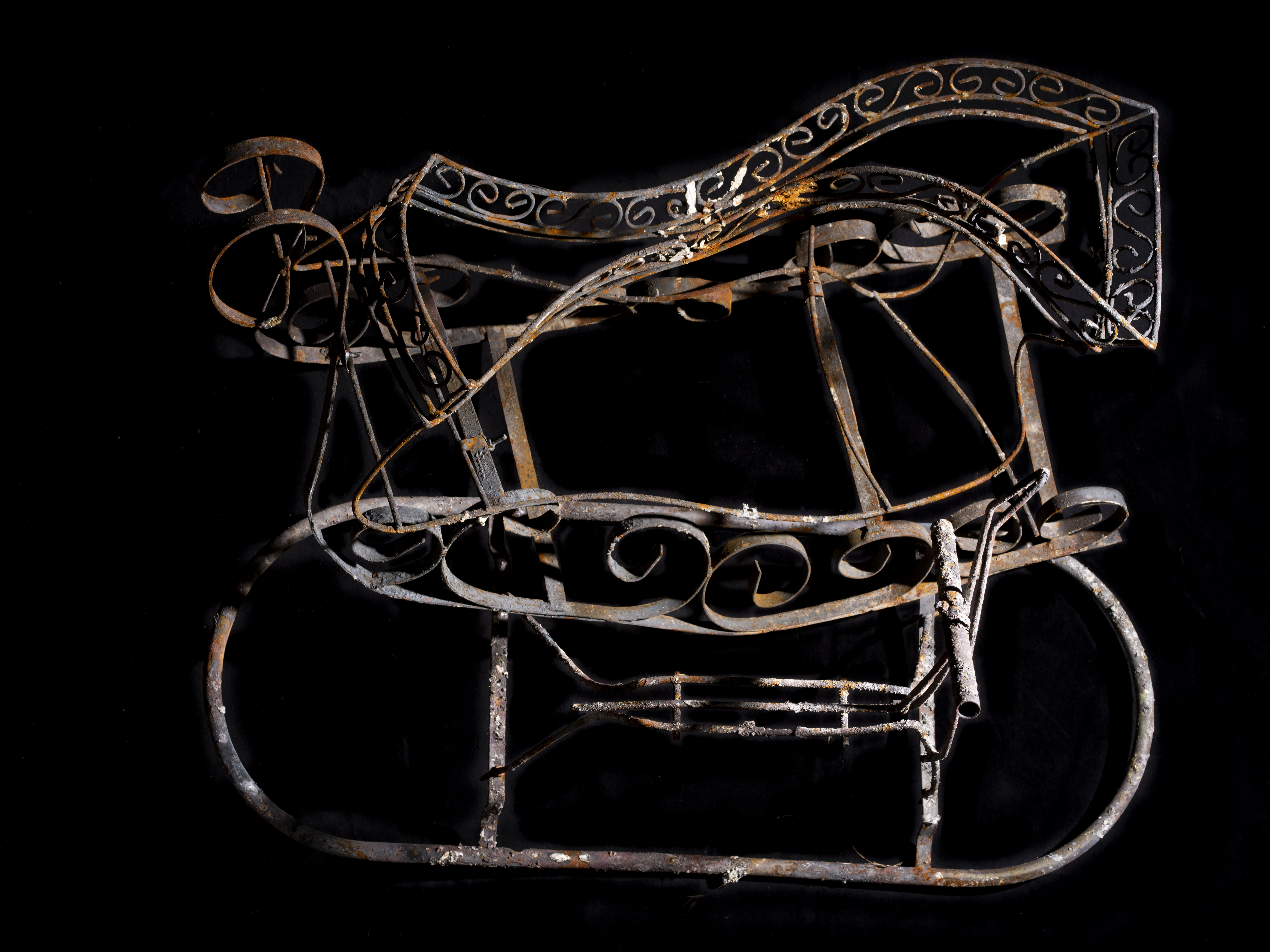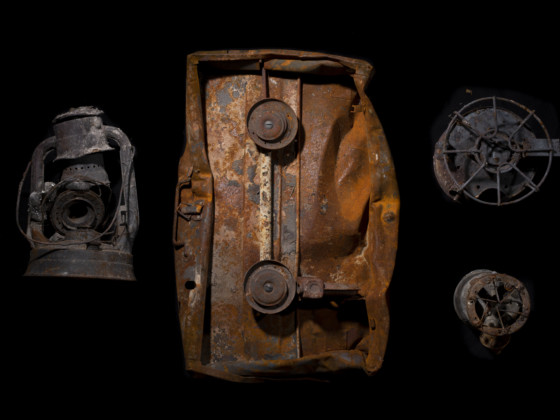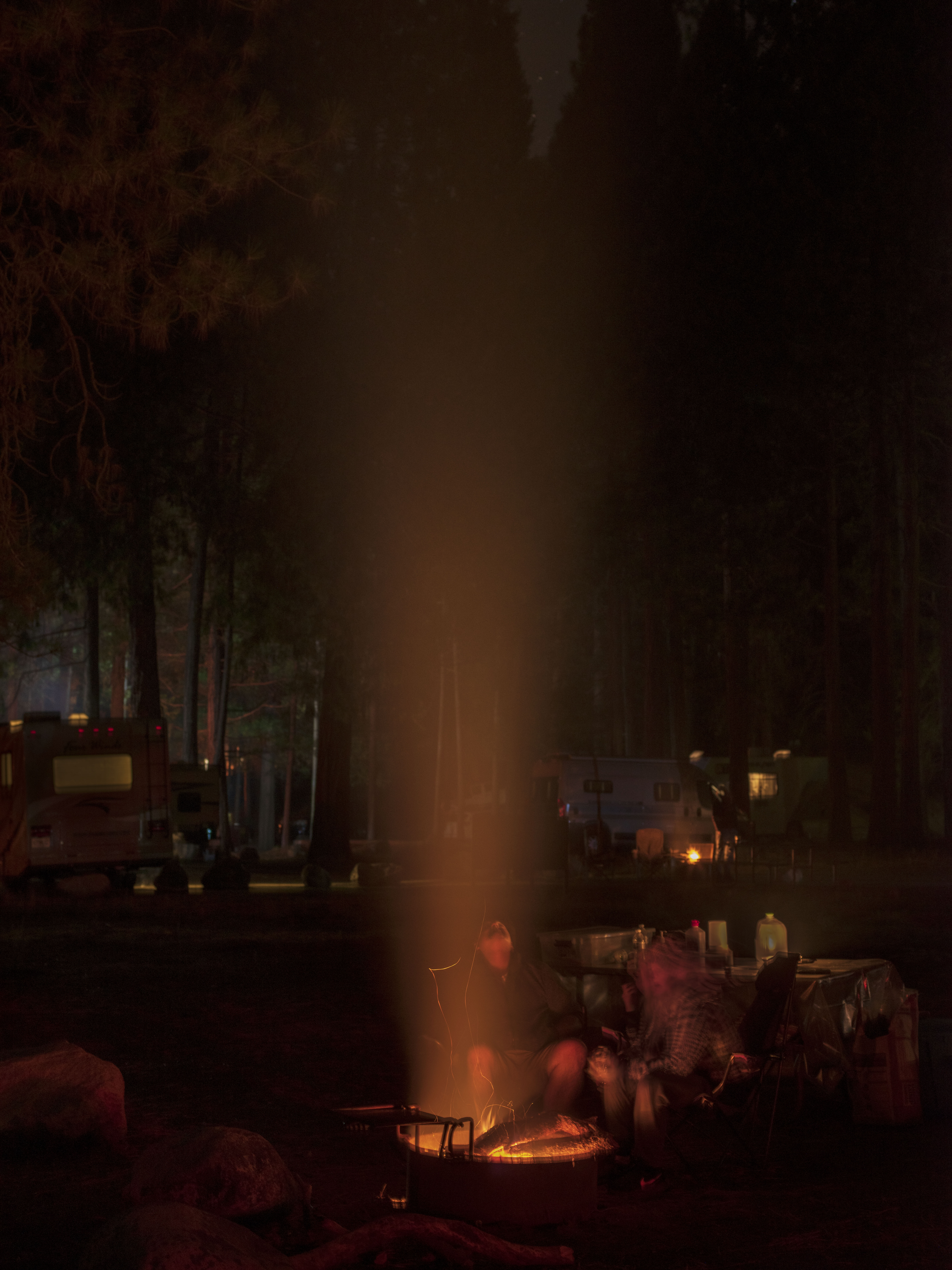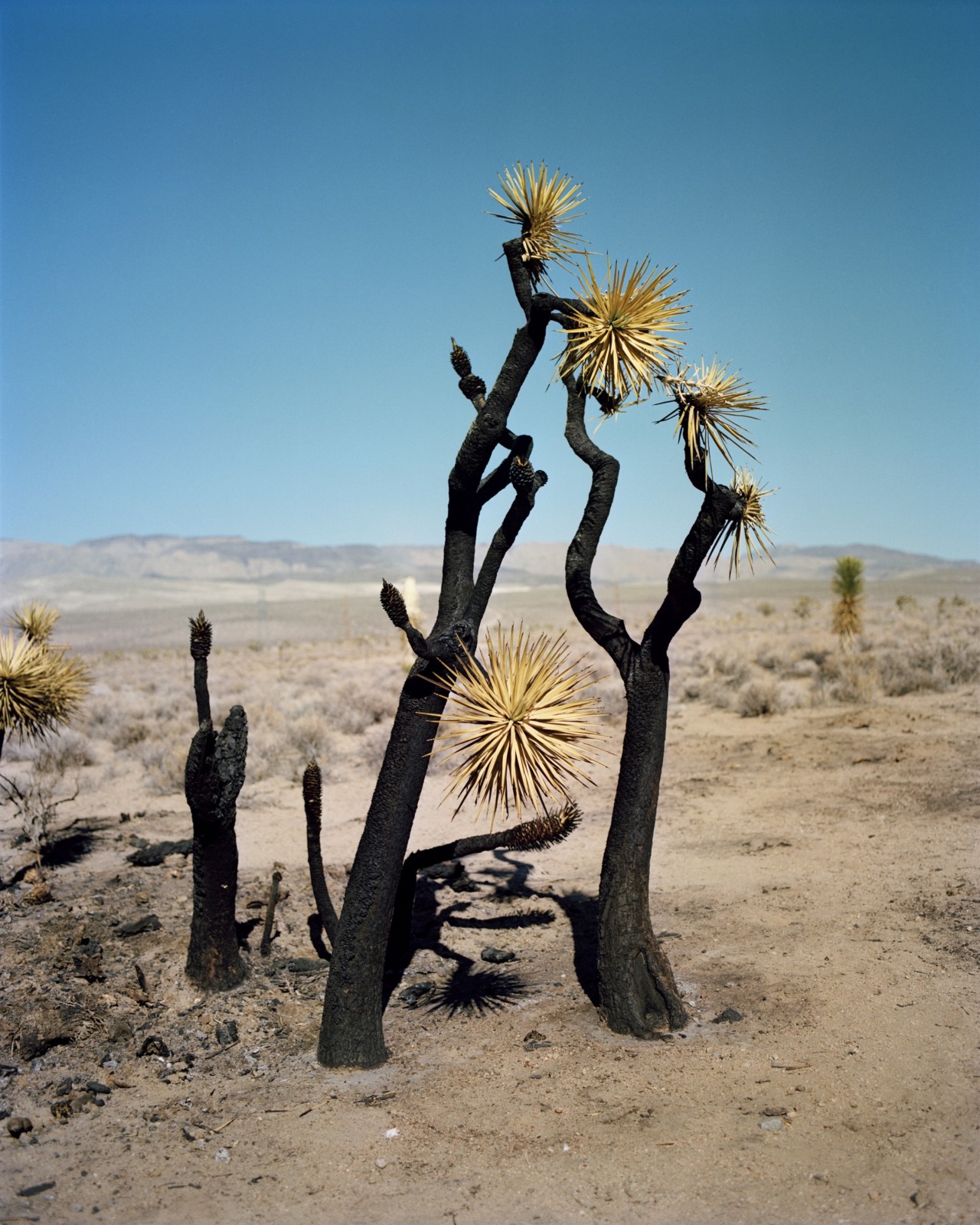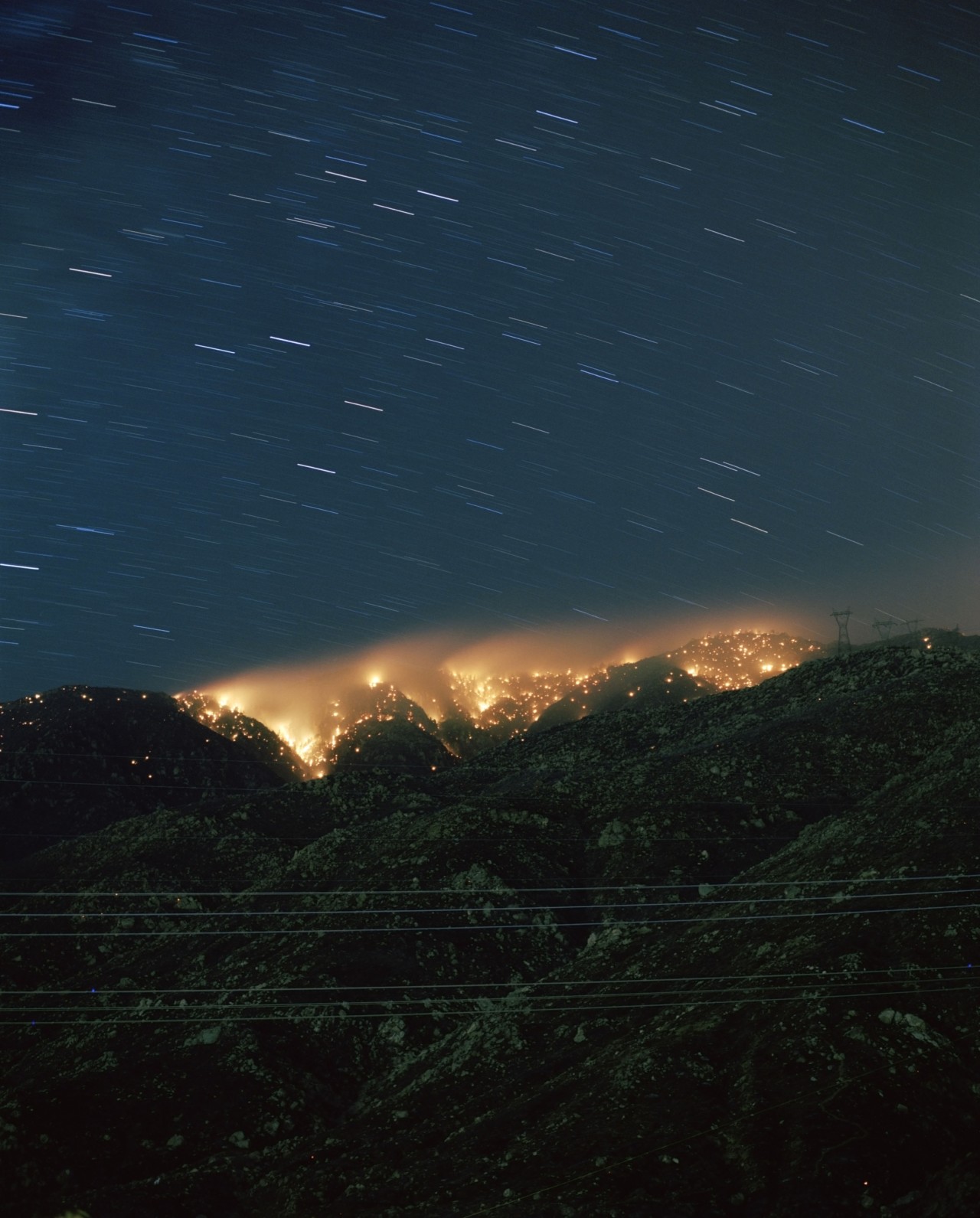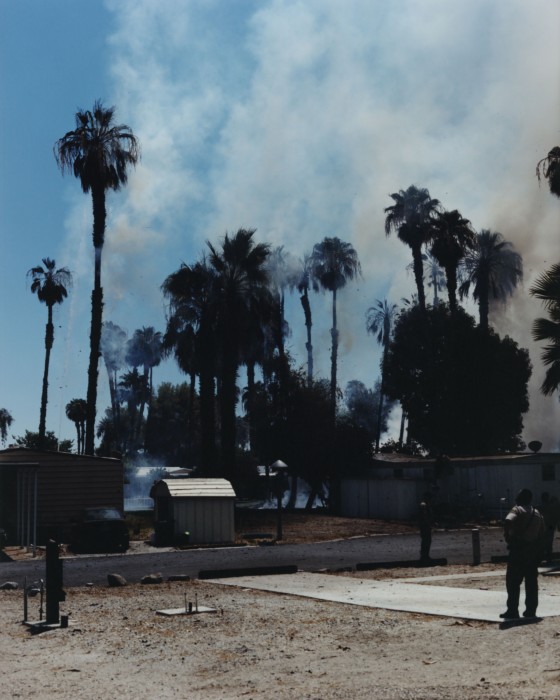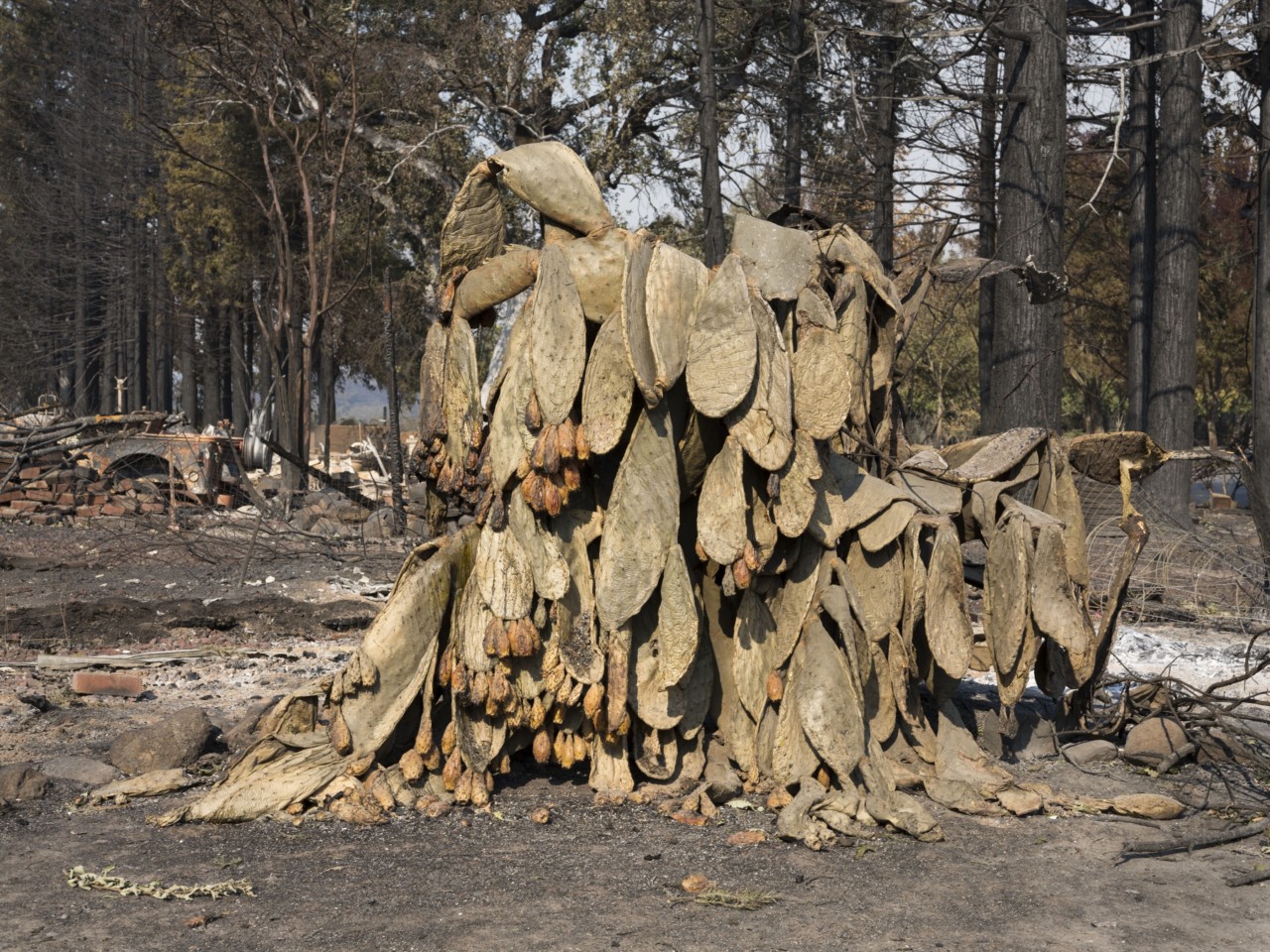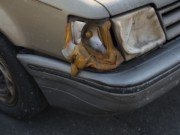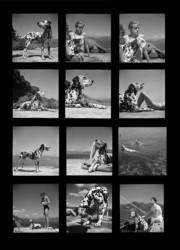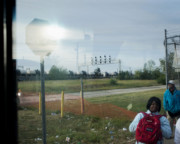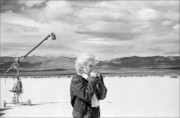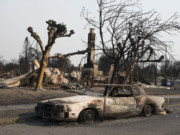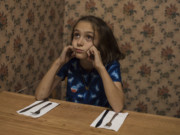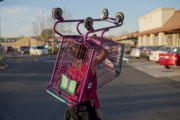A Brief History of California’s Wildfires
Magnum photographers have documented the state's increasingly alarming wildfires
In October, 2020, the August Complex fire in California, which had started three months prior, reached the rare and terrible status of a ‘gigafire’, meaning that it had consumed over one million acres of land – the largest in the state’s long history of wildfires. By the time it was 100 percent contained on November 12, it had killed one firefighter, injured two others, destroyed almost a thousand buildings and left a bill of over $250 million, not to mention the hundreds of thousands of residents who were temporarily – and in some cases permanently – displaced during a deadly pandemic.
It’s disturbing then to learn that these fires are becoming stronger and more frequent with each year that passes. According to the California Department of Forestry and Fire Protection, since 1932 – when accurate recording of these events began – nine of the ten largest wildfires, and seven of the ten most destructive, have occurred in the last decade. These include the Mendocino Complex fire, which ravaged California only two years prior in 2018 and burnt nearly 500,000 acres. Collectively, they paint a particularly disconcerting picture of the state’s future.
"These parts of the country, where wilderness meets housing, are often referred to as the wildland-urban interface (WUI). According to a 2018 study by the National Academy of Sciences, roughly one in three houses in the US are in the WUI"
-
While there may be some truth in the assertion that California was “built to burn”, as a result of its hot climate, dry vegetation and the infamous Santa Ana winds (which help to spread embers), it is also true that the dramatic population increase over the last century or so, combined with rising global temperatures due to climate change, have exacerbated the situation. Remote areas that would once have been sparsely populated, are now home to millions of people. These parts of the country, where wilderness meets housing, are often referred to as the wildland-urban interface (WUI). According to a 2018 study by the National Academy of Sciences, roughly one in three houses in the US are in the WUI. In California alone, approximately 11.8 million people live in these zones – the highest in the whole country.
As a result, when nature doesn’t set itself on fire, there are plenty of people who, accidentally or intentionally, will. Whether it’s the spark from a car’s rim hitting asphalt, embers from a flicked cigarette, or simply mindless arson, the ground in drought-ridden California can go up like a matchbox; and, once a fire has gathered momentum, there’s not much that can stop it. As was the case in 1961, when the blaze dubbed the Bel Air Fire, fuelled by Santa Ana winds, raced over a mountain ridge and descended into surrounding neighbourhoods, destroying nearly 500 homes.
Wayne Miller was there to photograph the aftermath of the blaze, which had affected many celebrities that lived in the area at the time, including former vice president Richard Nixon. In the photographs we can see whole houses that have been reduced to rubble, with nothing left standing bar sections of the outer wall and the chimney. The shell of a car sits in the road next to the house with a blackened exterior and windows that have blown out due to the intense heat. At the time, the Bel Air Fire was one of the state’s most destructive and, partially due to the high-profile figures involved, it resulted in the introduction of new fire safety policies. For the remainder of the twentieth century, fire suppression efforts rose drastically (ironically setting the stage for even worse fires due to rescued vegetation that acts as future tinder) and more people became aware of the dangers posed by these infernos. Miller himself would go on to start a career with the National Park Service and help to promote better land management practices. In 1975, he gave up photography entirely and dedicated the rest of his life to protecting California’s forests.
More recently, other photographers such as Mark Power (for his Good Morning, America book series), Jim Goldberg, Alessandra Sanguinetti, Carolyn Drake and Gregory Halpern have trained their lenses on wildfires. As residents of California, Goldberg and Sanguinetti were witness to the devastating Tubbs fire in 2017, which killed 22 people and burnt over 5,000 buildings, making it the fourth deadliest and second most destructive fire on state record. After it tore through areas close to their home, the pair decided to photograph the chaos it left behind in a nearby Santa Rosa neighbourhood. Their images, shot at the same time but in different parts of the aftermath, show the sheer power of the fire. All that is left in its wake are the eerie remains of a once tranquil suburb.
“Every year the fires come, bringing with them the orange and black skies overhead, which feel apocalyptic,” says Goldberg. This sense of impending doom is evident in his photographs. It is as if the color has been stripped from the houses, the cars, and the roads, leaving behind an oppressive, muted palette. A hazardous mix of rubble and twisted metal cover the ground, but the potential dangers weren’t just the things you could see. Others were hidden, such as “fumes and residue from chemicals released in the burning of homes,” explains Goldberg. “Even days after the fire the ground was still hot to the touch. The chrome from cars had melted and there were still glowing embers around, so you had to be careful about where you stepped.”
"Where I have chosen to live, some would say it’s bucolic. There are picturesque rolling hills and the ocean. But there are also faults underneath the ground, consistent droughts, and every year there are fires on the horizon. It’s a complicated place"
- Jim Goldberg
For Goldberg and Sanguinetti, documenting this fire was an important way to bear witness to the changing land and the impact fires have had on the communities that surround them. Goldberg draws links between these photographs and the rest of his practice. “In a way, it felt consistent with most of my work, taking a direct look at things that sometimes others don’t want to see.” He goes on to explain that these natural disasters are an example of the complexity of their environment compounded with climate change. “Where I have chosen to live, some would say it’s bucolic. There are picturesque rolling hills and the ocean. But there are also faults underneath the ground, consistent droughts, and every year there are fires on the horizon. It’s a complicated place – one that is quite beautiful and progressive – but as is everywhere, there are also these dangerous undercurrents looming.”
In 2018, a year after Goldberg and Sanguinetti shot the Tubbs Fire, fellow California resident Carolyn Drake photographed further scenes of devastation following three separate blazes: the Mendocino Complex Fire, the Ferguson Fire and the Carr Fire. Drake’s photographs of the wilderness around the city of Redding, and in Yosemite National Park, show blackened landscapes following the respective fires in each area. The skeletal shapes of trees that have been burnt and stripped bare cover the sloping hills for miles around. Studying the charred vegetation, it becomes clear that the prospect of the forest returning to its former state is a distant one. Though fire can be used to help maintain forests – as it has been by indigenous peoples for thousands of years – uncontrolled fire can ultimately damage them. “It felt very unusual to walk around in a place where nearly everything around me was black,” says Drake. “And since it was autumn, there was also brown, and at times I couldn’t tell whether the leaves remaining on trees were brown because that’s the color of fall or because they had been singed by fire.”
"I didn’t move back [to California] until five years ago, and ever since then the fire season seems to have gotten worse and worse. They are very new to me and very disturbing to live through and frightening to contemplate in the bigger picture."
- Carolyn Drake
For Drake, the fires were an equally sensitive subject. Having been born in California, she spent the first six years of her life there. Later on in her childhood, she would return frequently for vacation, visiting family scattered across the state. But the terrible infernos that all Californians are now well-acquainted with did not feature in her memories of that time. “I didn’t move back until five years ago, and ever since then the fire season seems to have gotten worse and worse. They are very new to me and very disturbing to live through and frightening to contemplate in the bigger picture.”
To contemplate the fires in the bigger picture, is to contemplate the fact that, despite being idealised as a liberal land of plenty where many have found peace and tranquility, California remains a naturally inhospitable environment. Potentially dangerous faults run beneath it, Death Valley is the hottest place on earth, and the winds that at times provide welcome relief from the summer heat, also play a part in spreading the flames. To contemplate the fires it to remember that nature is indifferent to human existence, and that our presence is actually inextricably connected to the increase in its power.
Fire’s ability to remind us of our insignificance was something that intrigued Gregory Halpern during the making of his book ZZYZX (shot between 2008-2015), in which he attempts to capture and understand the sprawling mass of cities, towns and desert that make up Southern California. Beginning in the arid open country east of Los Angeles, the book traces his journey westward towards the Pacific Ocean – both a nod to the original expansion of America in the 19th century, and to a theme of thirst that is evident in its pages. Speaking on the inspiration behind ZZYZX, Halpern talks of the near impossibility of creating an all-encompassing series on Los Angeles. It’s simply too big, too confusing and too strange to capture in its entirety. It’s fitting then that the book should start with an image of shrubs burning in the desert, followed by the scorched trunks of the symbolic Joshua trees – a reminder that we are surrounded by, and forever subject to, the mercurial and mysterious temperament of nature.
Halpern was in fact so fascinated by the fiery scenes, that he was willing to go out of his way to photograph them. During a flight to Los Angeles to work on the project, he was awakened just before landing by the pilot announcing that a massive wildfire could be seen below by passengers on the left side of the plane. Unfortunately for Halpern, he was seated on the right. But, rather than let the opportunity pass him by, he resolved to rent a car the very next morning and drive 90 miles back east towards the site of the fire. Upon arrival, he discovered a wall of flames so big that the helicopters and airplanes fighting it appeared as mere specks of dust in comparison. Writing in 2014 for his Guggenheim Fellowship proposal, he recalls: “… as I stood there watching the dry brush ignite, it seemed conceivable to me that nothing would ever stop the flames. There were gawkers with cameras, ridiculous-looking, and I knew I was one of them, but I was unable to look away. The scale was so far beyond the human, the forces at play so potent, that I wondered whether I was witnessing something mythical, whether all of California would burn.”
"[The fires] also just speak to the sense that there is something much, much bigger than us; that there are forces at play around us, unimaginably larger than us. The sublime – terrifying and beautiful."
- Gregory Halpern
Though the images that made it into the book are not of the fire at its peak, the remnants of its ferocity are equally as captivating. Reflecting on the place of these images in his book’s narrative, Halpern says “The pictures of fire are, in one sense, about the wildfires, but, in another sense, they are about something else, something bigger, something harder to define. In a way, they represent not just the wildfires, but the many threats facing California, which one feels the presence of there – smog, climate change, earthquakes – all compounded by a somewhat self-destructive streak in American culture. To me, they also just speak to the sense that there is something much, much bigger than us; that there are forces at play around us, unimaginably larger than us. The sublime – terrifying and beautiful.”


